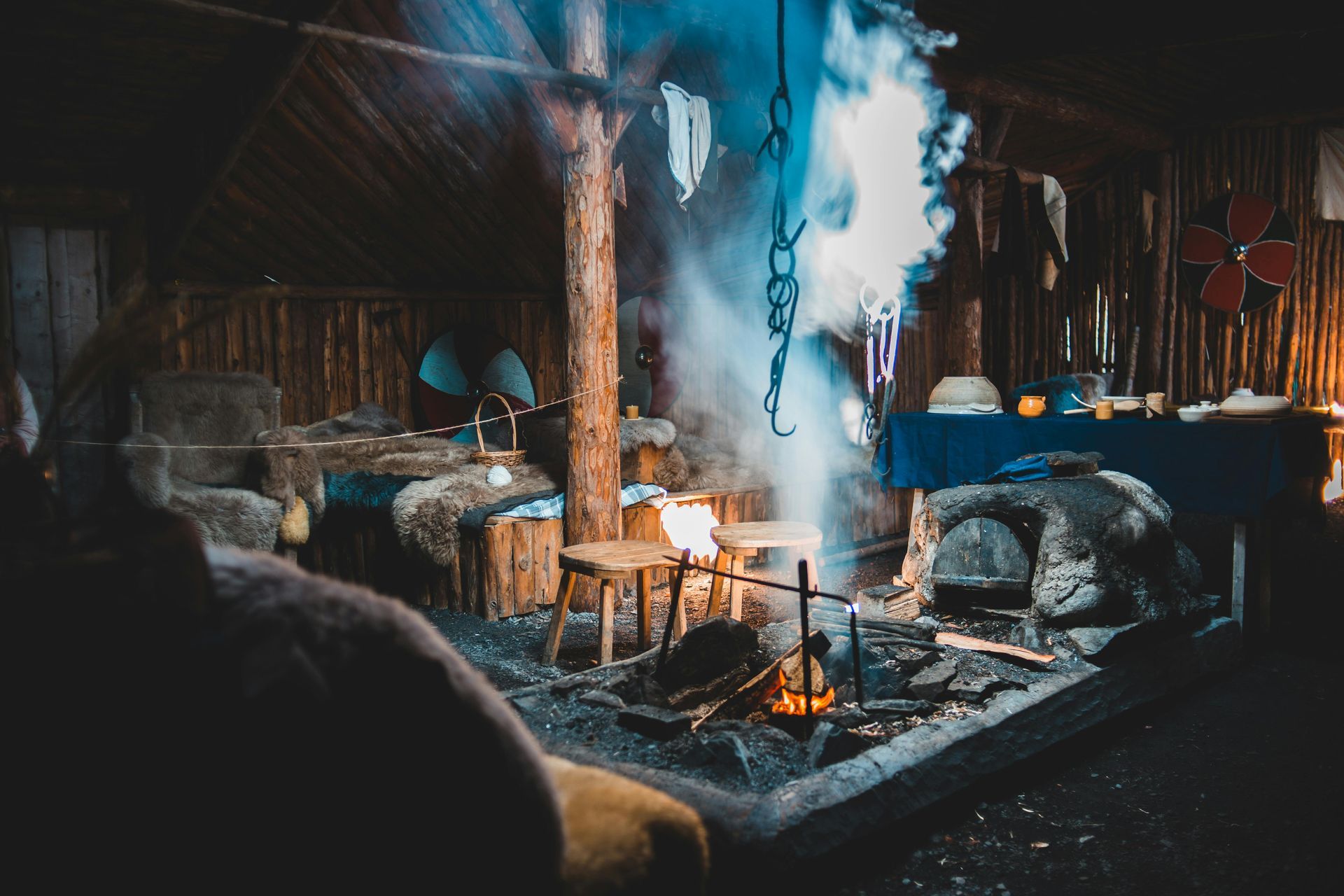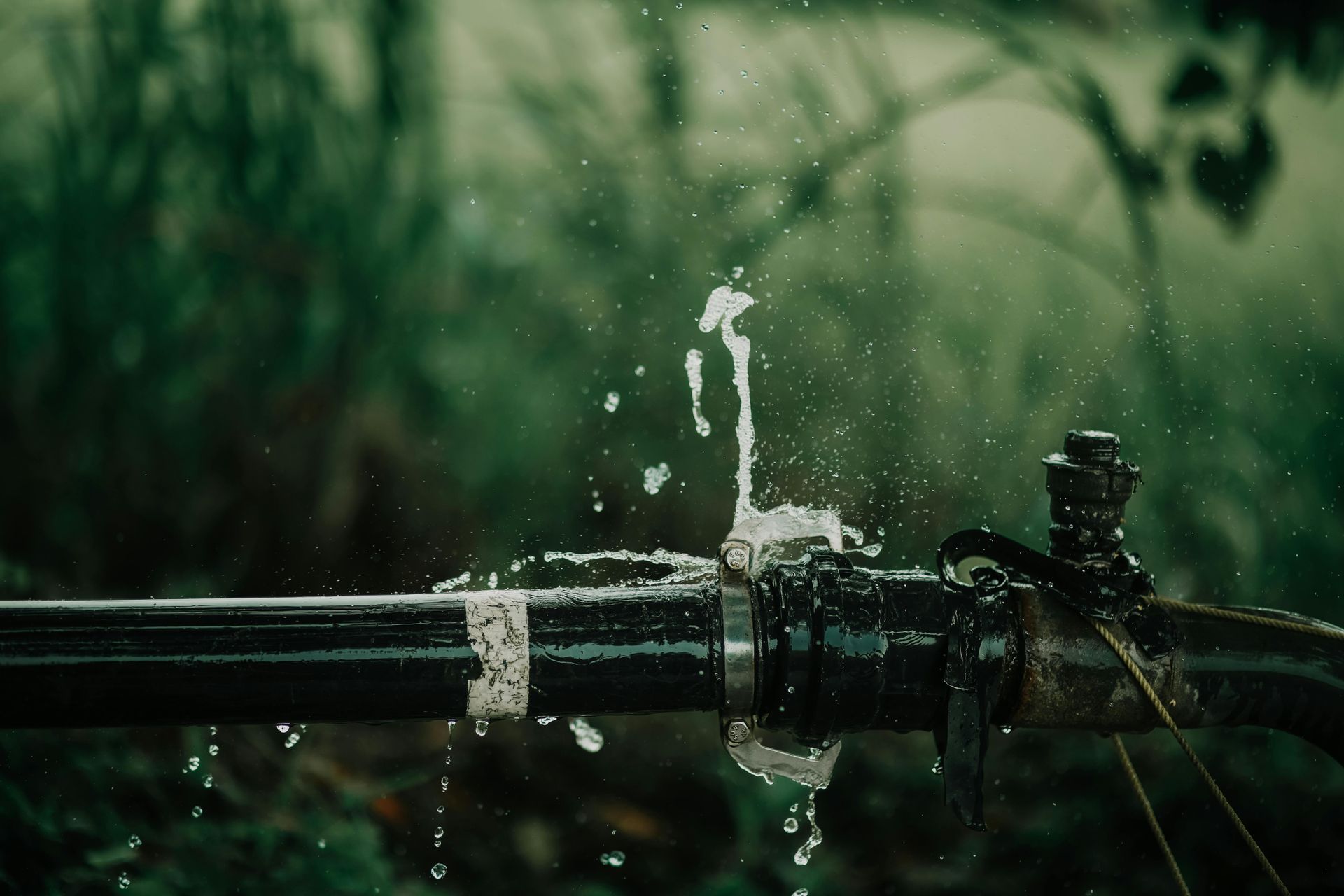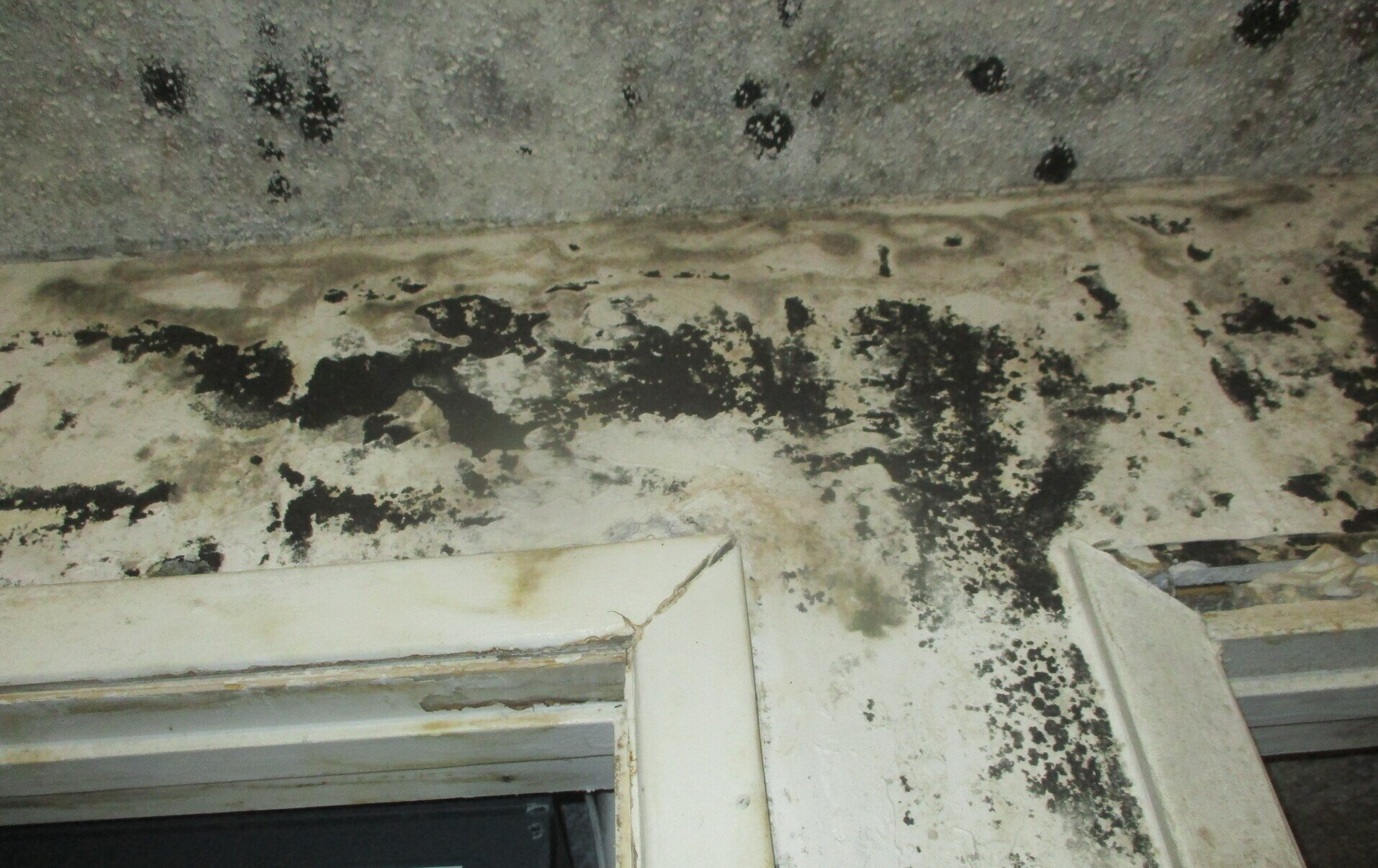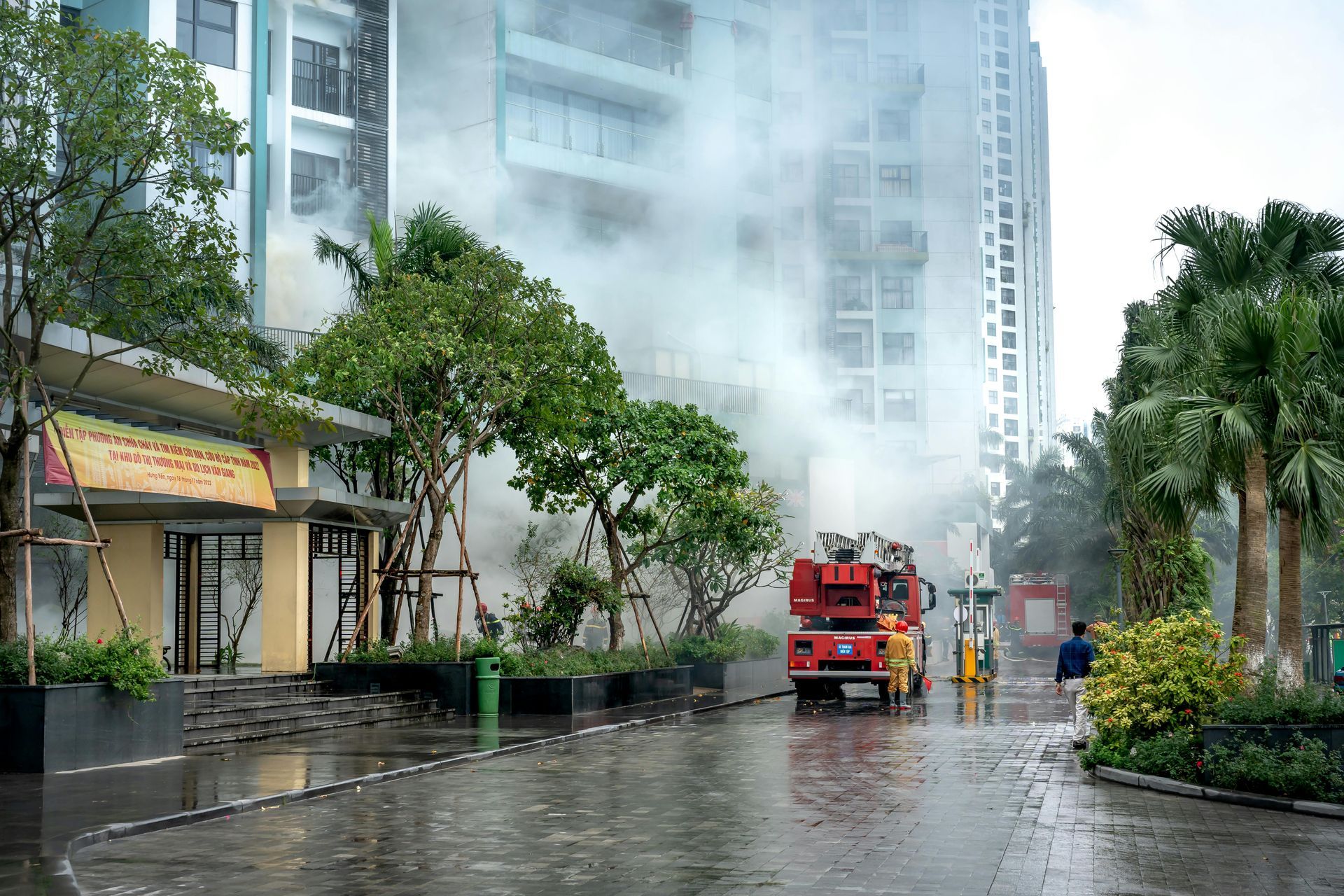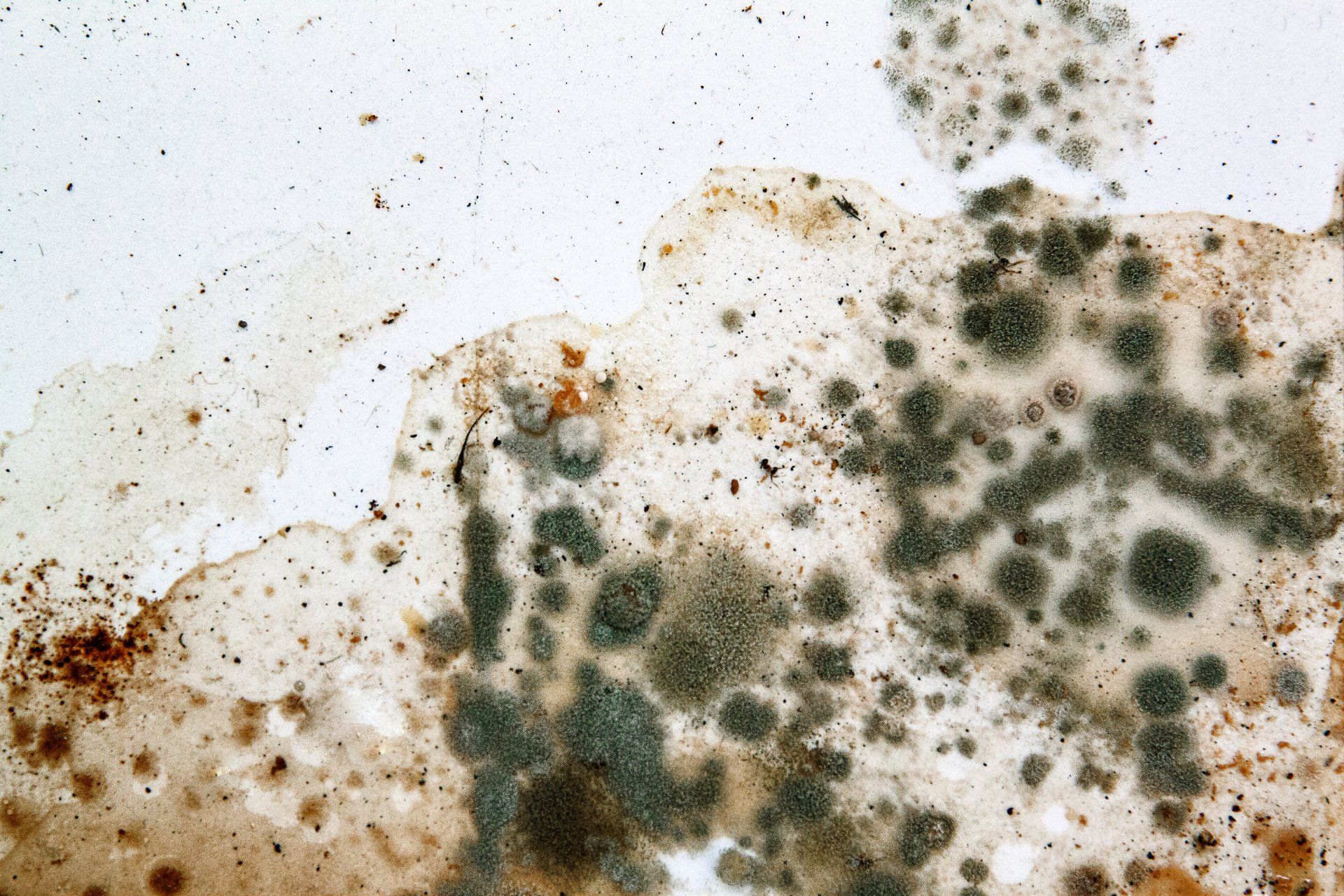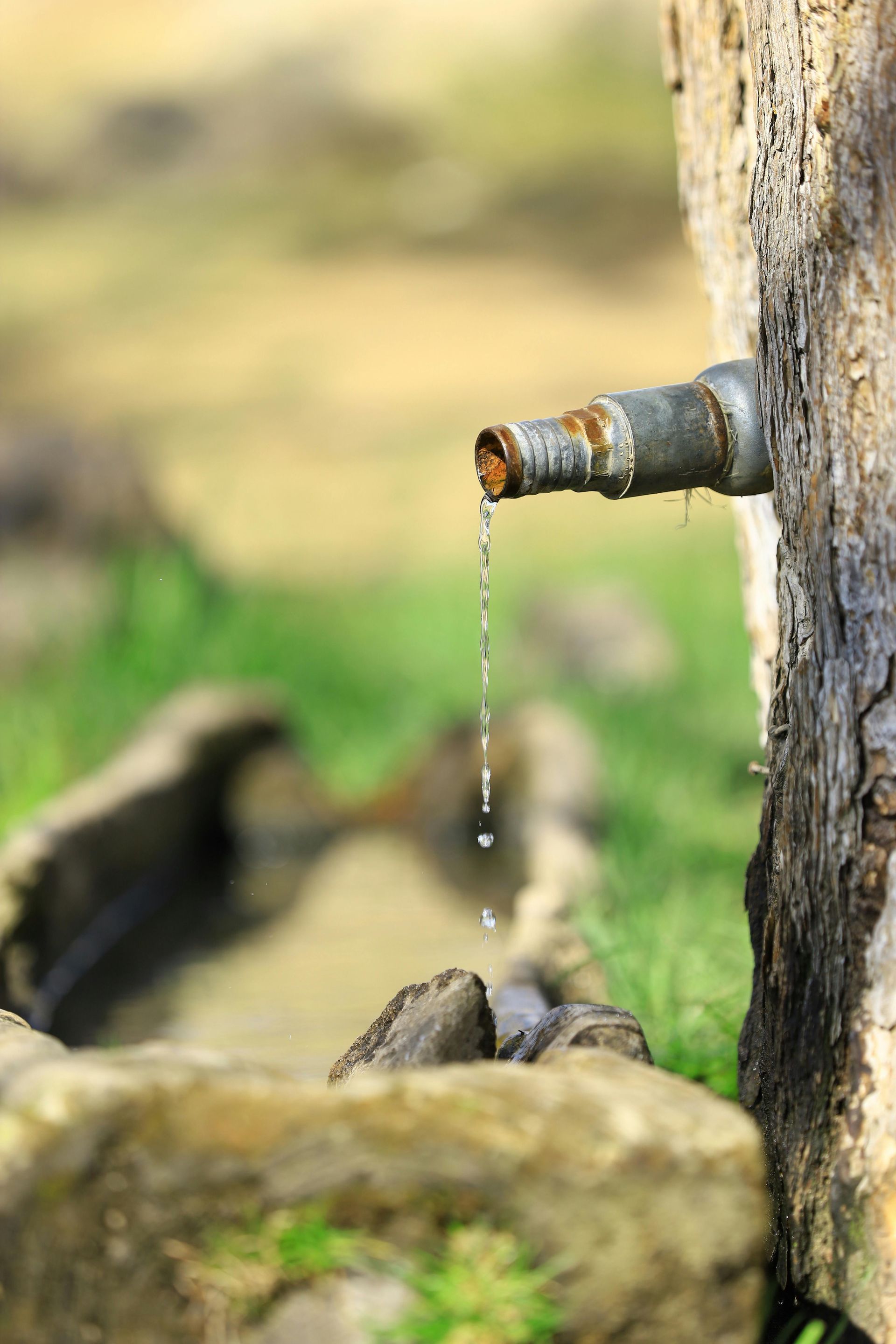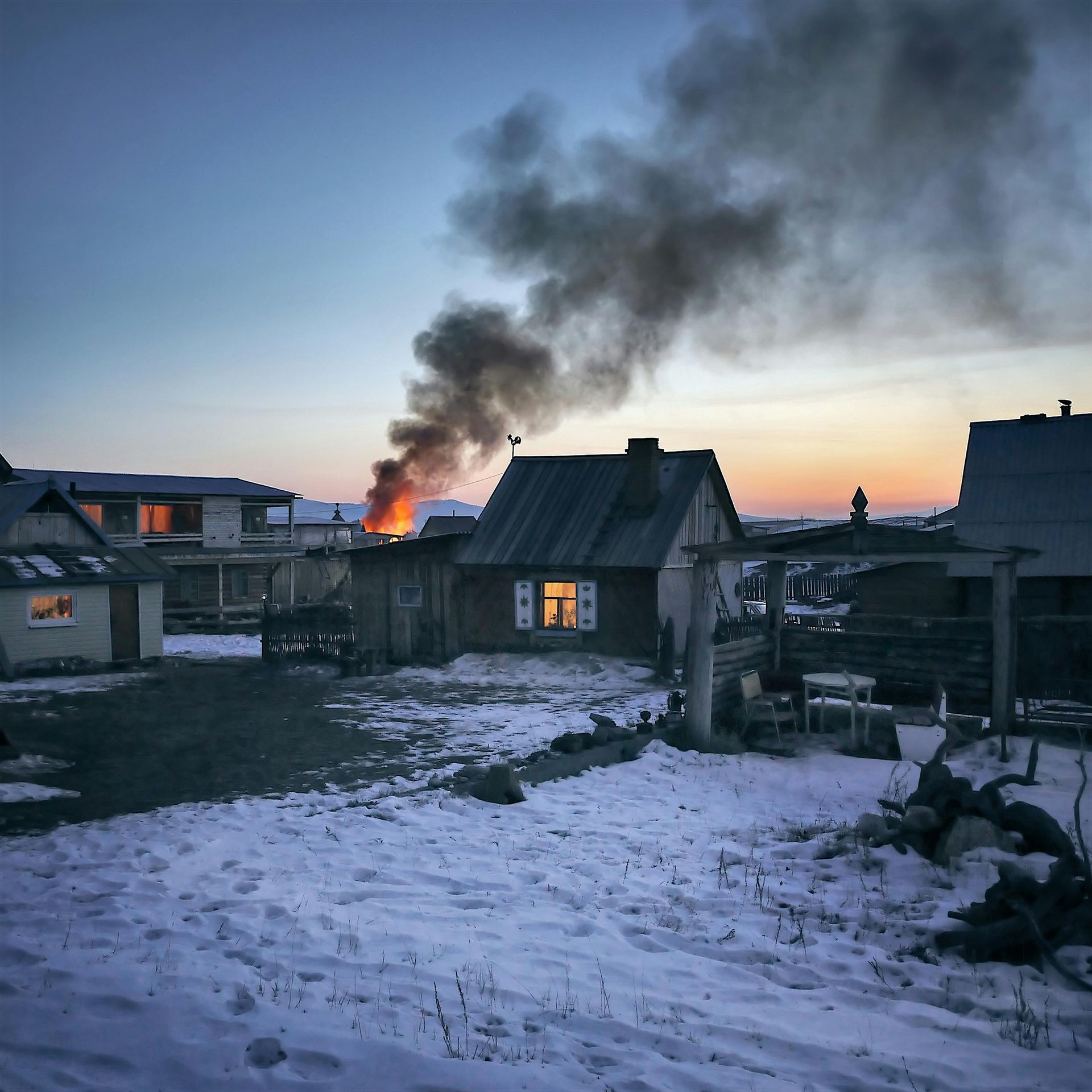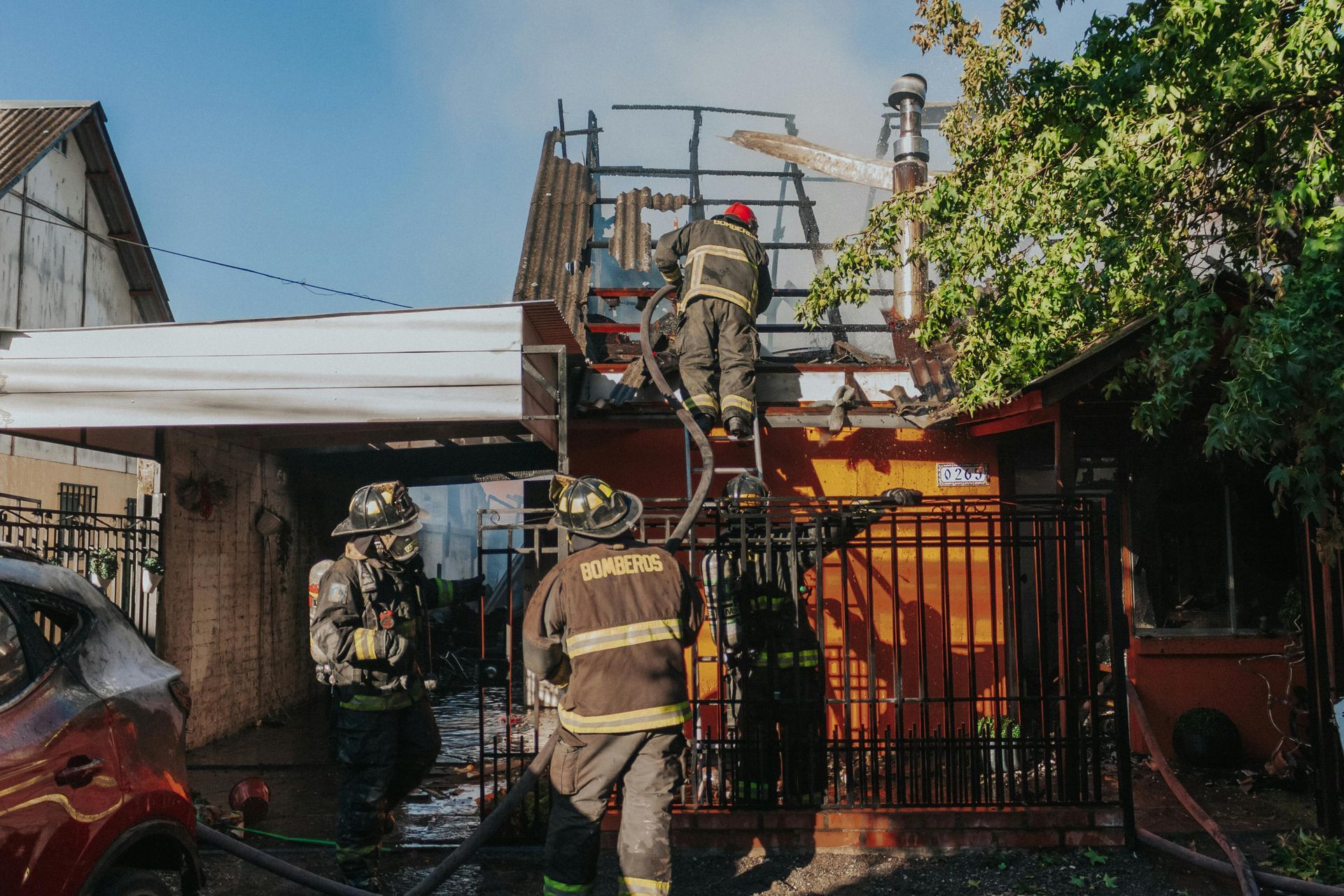The Causes and Effects of Fire Damage
Understanding the Cause and Effect of Fire Damage: A Comprehensive Guide

Fires destroy
approximately 500,000 homes in the United States each year, leaving families and businesses in shambles. Understanding fire damage, its causes, and its effects is crucial for both prevention and effective restoration. In this guide, we aim to shed light on this topic, unraveling its complexities and offering practical insights for homeowners and business operators. We'll delve into the causes of fire damage, the subsequent effects, and the criticality of professional restoration services.
Common Causes of Fires
The genesis of devastating fires can often be traced back to many causes. Whether it's the result of human error, such as negligence while cooking or improper handling of electrical equipment, or due to malfunctioning appliances that create hazardous situations, the potential for a blaze is ever-present. Occasionally, the destructive power of nature, through events like lightning strikes or volcanic activity, can also ignite fires that inflict considerable damage, demonstrating that fire can even originate from circumstances beyond our control.
Fire formation occurs when there is a heat source, fuel, and an agent, typically oxygen, to sustain the combustion process. This is commonly referred to as the fire triangle. Comprehension of these contributing factors to how fire is formed, coupled with an understanding of the different causes, is instrumental in devising effective prevention strategies and, should the worst occur, guiding effective restoration efforts. In the following sections, we will delve deeper into these causes, providing you with the knowledge you need to minimize your risk.
Natural Causes
Natural fires are often the result of environmental conditions that are beyond human control. Foremost among these is the lightning strike, a natural phenomenon that can ignite fires, particularly in areas with dry vegetation. Drought conditions also significantly increase the risk of fires, as they create an environment where the slightest spark can rapidly grow into a large-scale fire. Similarly, spontaneous combustion, a process where a material self-ignites without an external heat source, can occur in certain organic materials like haystacks or compost piles under specific conditions. This is especially dangerous in rural and agricultural settings. Understanding these natural causes of fires is crucial in managing risk and implementing effective prevention strategies.
Human-induced Causes
Deliberate causes of fires, such as arson, are serious criminal offenses that result in substantial damage to property and can even lead to loss of life. Perpetrators intentionally set fires, often as acts of vandalism or insurance fraud, or to conceal other crimes. On the other hand, accidental causes contribute significantly to fire incidents. Electrical faults, from outdated wiring to overloaded circuits, can cause sparks that ignite nearby flammable materials. Unattended cooking and candles are other common culprits, as the heat source can easily cause nearby materials to catch fire. Careless smoking, particularly indoors or near flammable substances, is another accidental cause that can lead to devastating fires. Understanding these human-induced causes is paramount in implementing safety measures. Fire safety education plays a crucial role in this, aiding in the reduction of such incidents by promoting responsible practices and awareness of potential fire hazards.
Technological & Mechanical Failures
Technological and mechanical failures account for a significant number of fires. Electrical malfunctions, often resulting from faulty wiring, improper use of electrical devices, or overloaded circuits, can create sparks that ignite nearby flammable materials. Gas leaks, particularly from poorly maintained or damaged pipelines and appliances, can lead to explosive conditions when they come into contact with a heat source. Machinery issues, such as overheating or friction-induced sparks in industrial settings, are also common ignition sources. Regular maintenance checks play a critical role in preventing these types of fires. By ensuring electrical systems, gas appliances, and machinery are in good working order, potential fire hazards can be identified and rectified before they pose a risk. Additionally, adhering to safety standards and regulations and using electrical appliances and machinery as per manufacturer guidelines further mitigate the risk of fires due to technological and mechanical failures.
Immediate Effects of Fire Damage
The aftermath of a fire is instantly discernible, with structural damage and personal loss starkly evident. While some effects, like charred walls and scorched belongings, are easily visible, others such as compromised air quality might be less noticeable yet equally impactful.
Structural Damage
Fire damage to a building is immediately noticeable in the form of charred walls, scorched paint, and shattered windows. The fire's intense heat can weaken structural components, including the foundation, beams, and load-bearing walls. This can compromise the overall integrity of the building, making it unsafe for occupancy until professional repairs are made. On a less visible level, the heat can also cause microcracking in concrete structures, leading to long-term stability issues if not appropriately addressed. Smoke and soot damage often infiltrate hidden sections of the building, such as HVAC systems and wall cavities, leading to ongoing air quality issues and potential health risks. The acidic nature of soot can also result in further material degradation over time. Understanding these immediate effects of fire damage is critical in implementing a comprehensive restoration strategy and ensuring a safe and healthy environment post-fire.
Damage to Personal Property
The loss of personal property to a fire extends far beyond its monetary value. Sentimental items, such as family heirlooms, photographs, and personal mementos, carry emotional weight that is difficult, if not impossible, to quantify. Their loss can profoundly impact individuals and families, deepening the trauma experienced in the aftermath of a fire. In addition to the emotional toll, important documents like birth certificates, property deeds, and financial records can be destroyed. The loss of these documents can create significant administrative and financial complications, as they are often required for identity verification, legal proceedings, or insurance claims. The process of replacing these documents can be lengthy and stressful, adding to the overall strain of the recovery process. Understanding this aspect of fire damage underscores the importance of having a robust fire safety strategy, including a secure location for important documents and the use of fireproof safes for irreplaceable items.
Air Quality and Residual Smoke
The lingering effects of smoke can continue to pose problems long after a fire has been extinguished. Inhalation of residual smoke particles can pose serious health risks, including respiratory difficulties, allergies, and even long-term lung damage. This is especially concerning for individuals with pre-existing conditions like asthma or chronic obstructive pulmonary disease (COPD). In addition to these health hazards, residual smoke can also pervade the property with an unpleasant odor that is difficult to remove. It can infiltrate soft materials such as furniture, carpeting, and clothing, requiring specialized treatment to eliminate. Smoke can also leave a black soot residue on walls, ceilings, and other surfaces, which not only damages the aesthetic appeal of a property but can also further contribute to poor air quality. Thus, managing smoke damage is a critical part of any fire restoration strategy.
Long-term Effects of Fire Damage
The implications of a fire extend well beyond its immediate aftermath, with numerous long-term effects needing to be addressed. These can range from structural instability of the property and persistent health hazards to deep emotional distress and financial difficulties. A comprehensive understanding of these consequences helps develop effective restoration strategies and underlines the importance of fire prevention measures.
Health Concerns
In the wake of a fire, lingering smoke and soot particles can present substantial health threats. Chief among these are respiratory issues. Inhaling smoke residue can lead to chronic bronchitis, aggravate asthma, and other respiratory conditions. Additionally, the microscopic particles in smoke and soot can penetrate deep into the lungs, potentially causing long-term pulmonary disorders and leading to a decline in overall lung function. Furthermore, numerous studies have linked smoke exposure to a heightened risk of lung cancer due to the presence of carcinogenic compounds. Besides respiratory concerns, exposure to post-fire environments can lead to other health risks, such as eye irritations, skin rashes, and even cognitive impairments due to oxygen deprivation. As such, it's crucial to professionally clean and restore fire-impacted areas as swiftly as possible to mitigate these risks.
Economic Implications
Fire damage can have severe economic implications for property owners. The cost of reconstructing or repairing a fire-damaged building can escalate quickly, given the need to replace structurally compromised components, remediate smoke and soot damage, and restore the property to a habitable state. Additionally, navigating insurance claims can be a complex and time-consuming process. It's not uncommon for there to be disagreements regarding the valuation of damaged items, coverage limits, and what constitutes acceptable restoration. This can potentially lead to delayed payouts, adding financial stress to an already traumatic situation. Furthermore, fire damage can significantly depreciate a property's market value. Prospective buyers or renters might be reluctant to invest in a property with a history of fire damage due to perceived risks and stigma, even if restorations have been professionally undertaken. Consequently, the economic toll of a fire can ripple outward, impacting property owners for years to come.
Environmental Impact
Fires have a substantial impact on the environment, harming local ecosystems, contributing to air pollution, and influencing climate change. Local ecosystems can be devastated by fires, with flora and fauna suffering significant losses. Fire may eradicate certain plant species, disrupting the food chain and affecting the survival of dependent wildlife. Moreover, fires contribute to air pollution by emitting smoke and particulate matter into the atmosphere. This not only degrades air quality but can also cause health issues for local populations. In terms of climate change, fires release enormous amounts of carbon dioxide—a potent greenhouse gas—into the atmosphere. This exacerbates global warming and contributes to the increasing severity and frequency of weather events. Hence, the environmental ramifications of fires extend far beyond the immediate area of the blaze, affecting regional ecosystems, air quality, and the global climate. Therefore, effective fire prevention and management strategies are vital to minimize these environmental impacts.
Fire Damage Assessment: Knowing the Extent
Recognizing the extent of fire damage is a critical first step toward recovery. Hiring professionals is crucial as they have the expertise to accurately assess the scope and severity of damage, which typically includes examining the stability of the structure, identifying hazards, and evaluating smoke and soot damage. While waiting for professionals, a preliminary self-assessment can be done, but it is essential to prioritize safety. Avoid entering a fire-damaged building until cleared by authorities. Look for visible signs of damage from a safe distance.
Mitigating and Restoring Fire Damage
After a fire, immediate actions can help minimize further damage. Proper ventilation is vital to dissipate smoke and fumes. Document the damage for insurance purposes, take photographs, and make a list of damaged items. Seek temporary shelter to ensure safety while restoration is in process. Professional restoration involves cleaning and removing smoke and soot, deodorizing, and repairing structural damage. This systematic approach mitigates the cause-and-effect chains that a fire can exert on a property.
Preventing Future Fires
Prevention is always better than cure, and that principle holds true for fire safety. Understanding and implementing fire safety measures can prevent future calamities. These measures might include installing smoke detectors, practicing fire drills, and using fire-resistant materials in your home. Fire safety is a continuous process that requires consistent attention and effort. Given the widespread impact fires can have on our health, finances, and environment, it is well worth investing time and resources into prevention.
Household Fire Safety Measures
Regular checks of smoke detectors ensure timely detection of fires. Cultivate safe cooking practices—never leave a stove unattended, and always turn off appliances when not in use. Store flammable materials properly, away from heat sources, reducing the chance of ignition. These simple steps significantly reduce fire risk.
Industrial and Commercial Fire Prevention
In commercial settings, fire prevention pivots on regular equipment maintenance, adherence to safety codes, and comprehensive employee training. Ensure machinery is serviced according to schedule to prevent overheating and malfunction. Adhering to building and fire safety codes eliminates potential fire hazards. Robust employee training empowers staff to recognize and mitigate risks, further enhancing fire safety.
Don't Face Fire Damage Alone: We're Here to Assist
At Sunshine Restoration, we understand the negative effects of fire and the considerable strain it can place on homeowners and businesses alike. Our team of professionals is here to help you through the process of restoring your property, reducing the burden that fire effects can have on your life. With a reputation for excellence, we provide comprehensive fire damage restoration services, including smoke and soot removal, deodorization, and structural repairs. We commit to restoring your property to its original condition, ensuring your safety, and getting your life back on track. Don't let the aftermath of a fire overwhelm you. Let Sunshine Restoration help you reclaim your property and your peace of mind. Call us to learn more about our services, and schedule a consultation today. Remember, when faced with the aftermath of a fire, you're never alone—Sunshine Restoration is here to assist.

